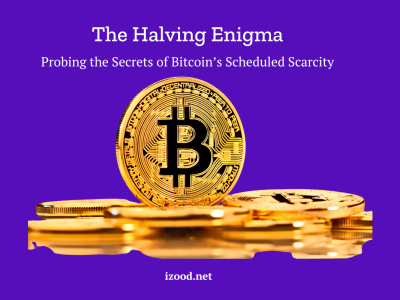Having its own blockchain, every cryptocurrency faces the so-called “Blockchain Trilemma.” It refers to a widely held belief that a network should be decentralized, secure, and scalable. As you know, Ethereum has had concerns in all the mentioned areas, but everyone placed hopes on The Merge.
Did the upgrade solve all the ETH issues, and why traders are switching ETH to BTC?
What Is Wrong with ETH?
The Ethereum network has been around for 7 years. While Ethereum’s performance (30 tps) outperforms the Bitcoin network (7 tps), the platform cannot even come close to competing with traditional payment systems. For example, Visa processes around 1,700 tps.
The fact is that the number of transactions conducted by the network is limited by the block capacity. This is the main stumbling block for Ethereum scaling.
This issue also makes the users of the anonymous cryptocurrency exchange give up using ERC-20 in favor of faster and cheaper solutions (BEP-20, etc.)
In mid-2021, the high activity of buyers, the hype around NFTs and DeFi investments made transactions unprofitable on some days, or very long for the user. Luckily, the London update partially addressed this vulnerability. Now EIP-1559 plays a crucial role.

What Do We Know About the Merge?
To cut a long story short, the Merge switched the Ethereum consensus algorithm from PoW to PoS. But here is what it means in more detail.
What Will the Merge Do?
The transition to the new security model of the network means the end of ETH mining through Proof-of-Work. Under the new rules, the number of tokens owned by the user will be of key importance.
Ethereum has been using mining to maintain the security of the network and the production of coins. Ethereum was secured by miners with powerful computers solving complex computations since its inception in 2015. But the creators of the project have always planned to switch to another more secure protocol (participants stake Ether (ETH) tokens with validators to secure the network) that will allow the implementation of new solutions and will consume less electricity.
In addition to reducing electricity consumption, the transition to a new algorithm entails many changes in the operation of the entire Ethereum ecosystem. For example, now validators, and not miners, provide the security of the blockchain and order transactions.
Also, this switch makes the further issuance of the coins by mining impossible; now this will be done only with the help of staking. Eventually, the Merge reduced the issuance of new ETH by around 90%.
The Merge and the Blockchain Paradox
As we already mentioned, every blockchain creator is in search of a solution to the blockchain paradox/trilemma.
Currently, to offer, for example, 100% decentralization to the network, you have to forget about scalability and/or security. This makes it impossible to solve this problem as your blockchain has to always sacrifice one or two of the aspects.
And since the Merge doesn’t expand the capacity of the Ethereum blockchain, it would be short-sighted to think that the upgrade solved the scalability issue.
How to Solve the ETH Scalability Problem?
While reduced energy consumption and giving full power and control to validators is a significant improvement for the project, it brings less value to the ordinary network user.
The time spent on transactions and relatively high fees make leveraging Ethereum a rather unprofitable solution.
That’s why ETH creators have to finally choose the path they are moving on:
- Opt for a system of multiple layers (expanding vertically). We already have Optimism, Polygon, Immutable X, Arbitrum, etc.
- Introduce a special technique called sharding (expanding horizontally).
Both options have their pros and cons, but who said that building the #1 blockchain is a simple task? Seems like the journey to becoming the go-to solution for crypto traders has only started.







